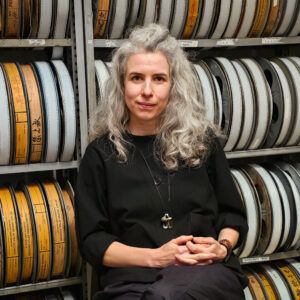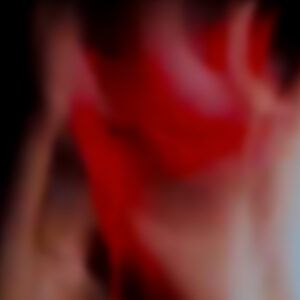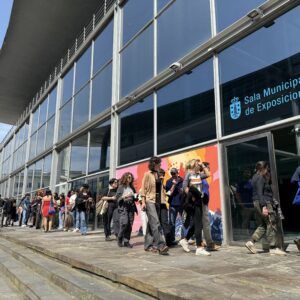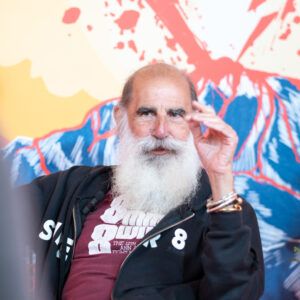The Sinais section is bringing about thirty works by young filmmakers, most of whom have used analogue film. There will be three sessions dedicated to artists from Iberia, a new Sinais Latin America curated by the Peruvian Ivonne Sheen, and Sinais Desbordamientos (Overflows) with a performance by the Basque group Tekno Fantasy.
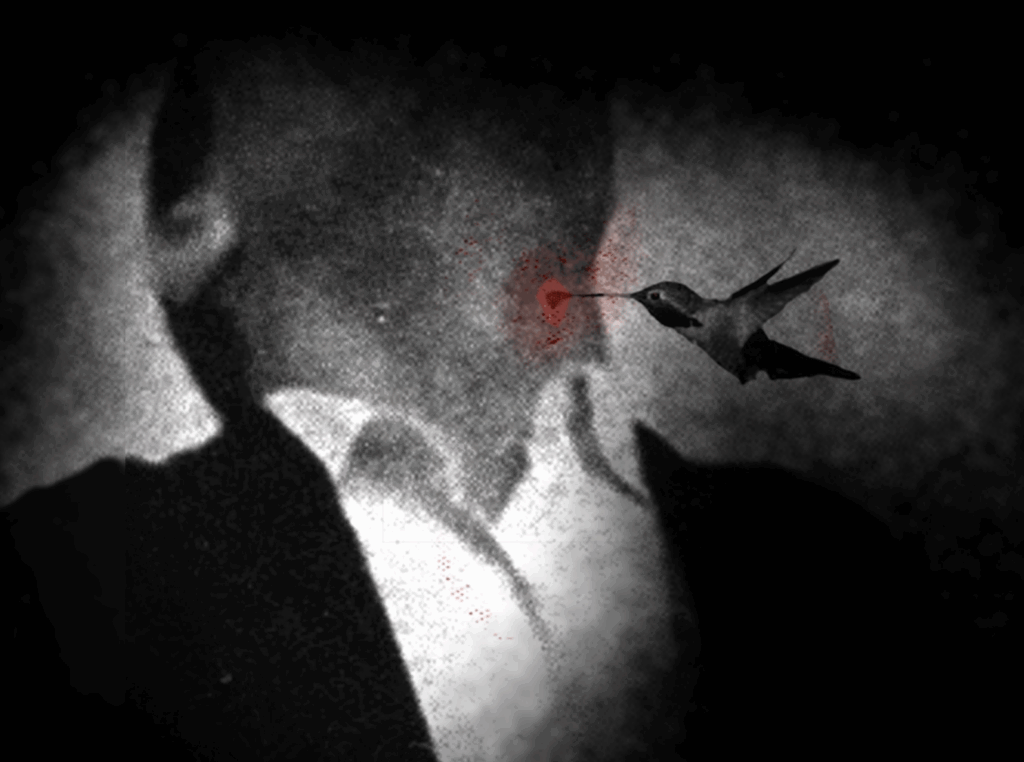
One of the biggest eye-openers in this (S8) is the growth of Sinais, the section that brings together the best of contemporary filmmaking from the Iberian Peninsula. This year there will be 21 Galician and Spanish films spread over three programmes. In addition to these three sessions, following last year’s success, Sinais Latin America will be here again with seven films from countries like Mexico, Chile and Bolivia. We are also dedicating a space to live cinema with Sinais Desbordamientos, performed by the Basque collective Tekno Fantasy.
This expansion of the Sinais programme, with a total of 29 pieces selected, is proof that after sixteen years, (S8) is no longer just the place where international avant-garde cinema can be found; the festival itself has fostered and nurtured a very diverse contemporary experimental scene. Many of the filmmakers have taken part in the Paraíso section of the festival in past years, or the INPUT professional tutorials, or else the BAICC artist residencies. This is how we meet one of our aims, which is to generate a community involved in avant-garde cinema in a non-competitive atmosphere.
TERRITORY, STAGING AND ARCHAEOLOGY: THE THREE PILLARS OF SINAIS
The (S8) programme is arranged based on a person’s film corpus, above and beyond their individual works. Nevertheless, year after year, recent works by young authors appearing in the Sinais section have been gaining ever more importance. They are films created over the past two years, most of them shot exclusively in analogue formats or combined with digital tools, demonstrating this moment of vitality being enjoyed by the cinema world.
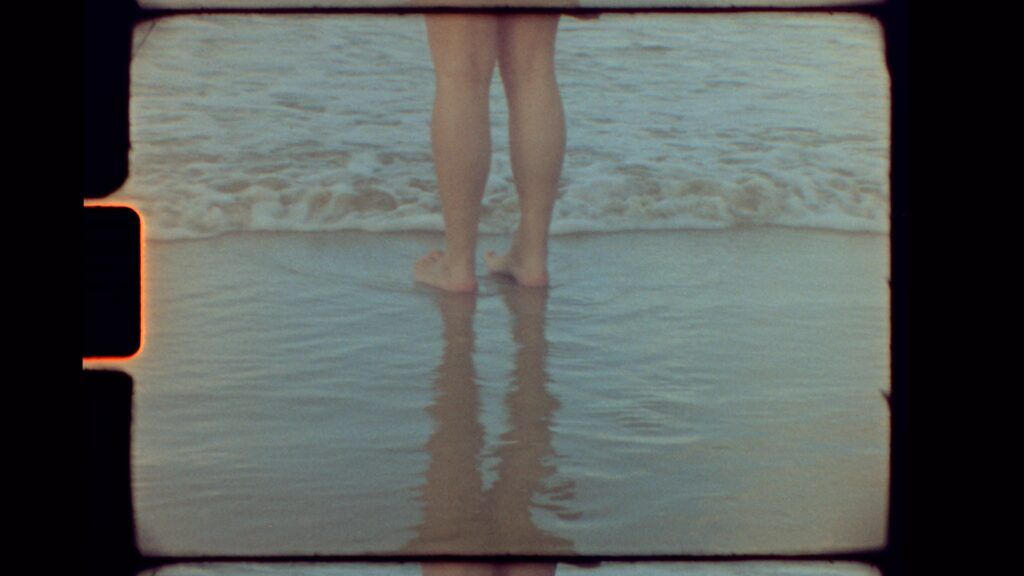
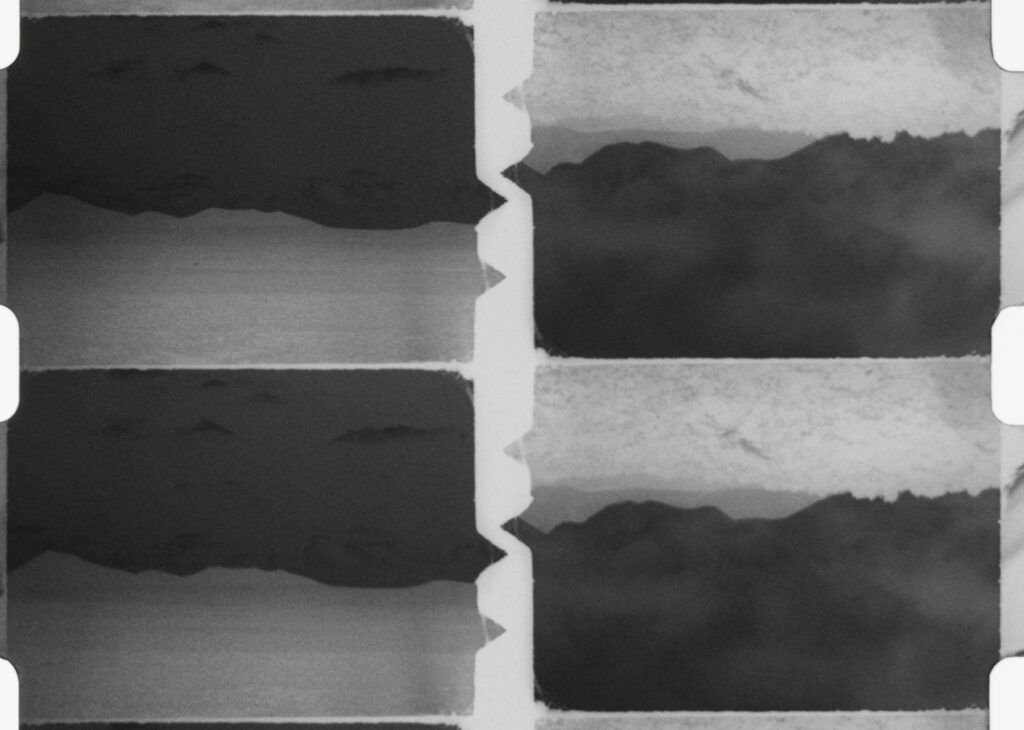
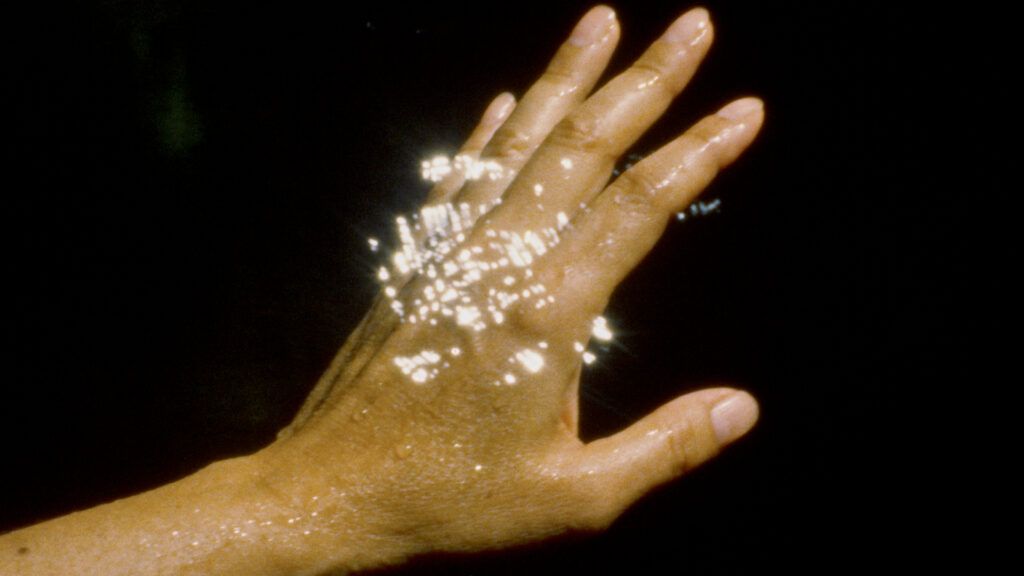
Áncora (2025), Cristina Souto| Al mirar a lo lejos (2024), Marta Lara | Servidumbres de la luz (2024), Pablo Useros y Deneb Martos
SINAIS 1. This programme includes films conceived about the region. This is the case of Montaña Abaixo, by Carlos M. Peñalver, about Vila Nova de Tazem, in Portugal, besieged by fire; and Ulía, by Laura Moreno Bueno, which plays with layers as a result of obsessively filming the same mountain. In other cases, this exploration of the territory leads to the personal side, as in Áncora (2025) by Cristina Souto Pita, and windowway (2025) by Jorge Suárez-Quiñones Rivas.
These persistent natural studies can also be found in Servidumbres de la Luz (2025) by Pablo Useros and Deneb Martos, and Al Mirar a lo Lejos (2024) by Marta Lara. The former was shot in Ribera de Alge, Portugal, resulting in a cloud-like film as an atmospheric, emotional record of the day-to-day environment. Marta Lara puts forward the idea of playing with the line of the horizon captured in Lanzarote, projected with uncut 8 mm frames. This first programme will end with Viento (2024) by Sofia Acosta Varea and Anaís Córdova-Páez, in which migrants create a shared story about the memory of the wind.
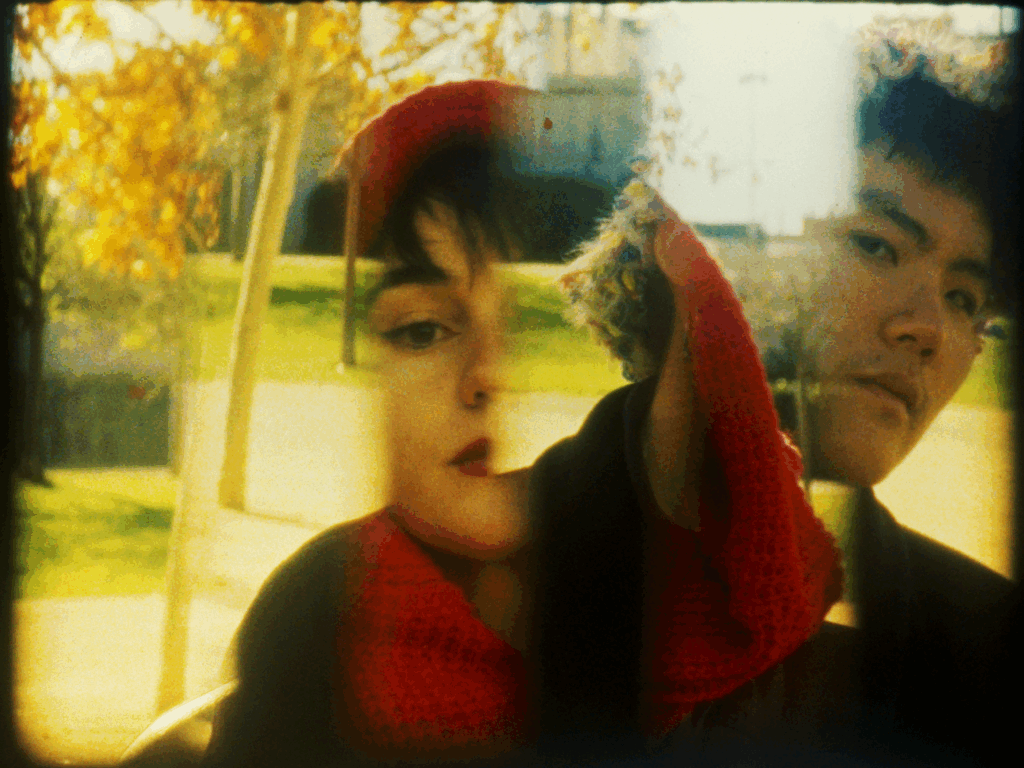
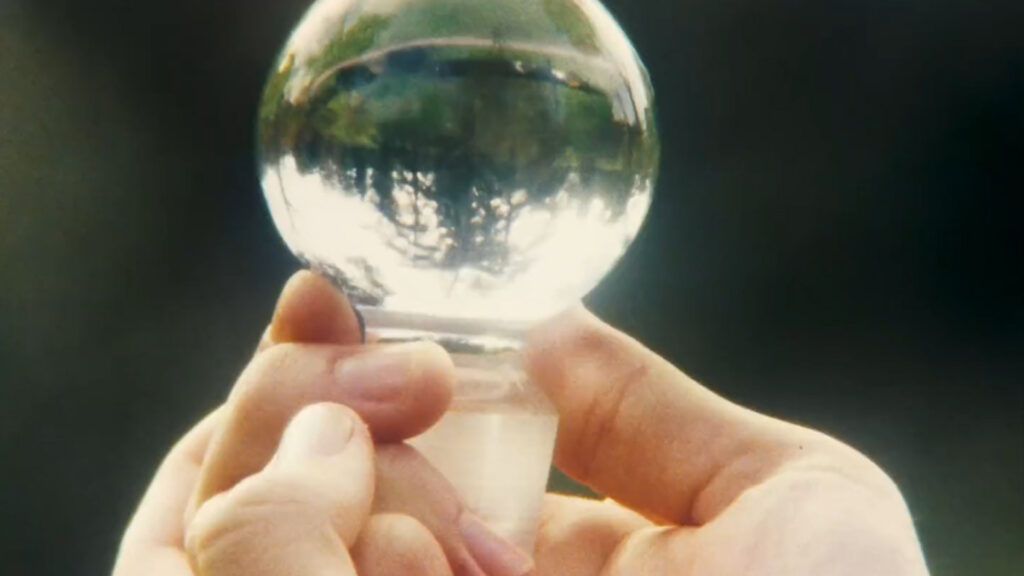
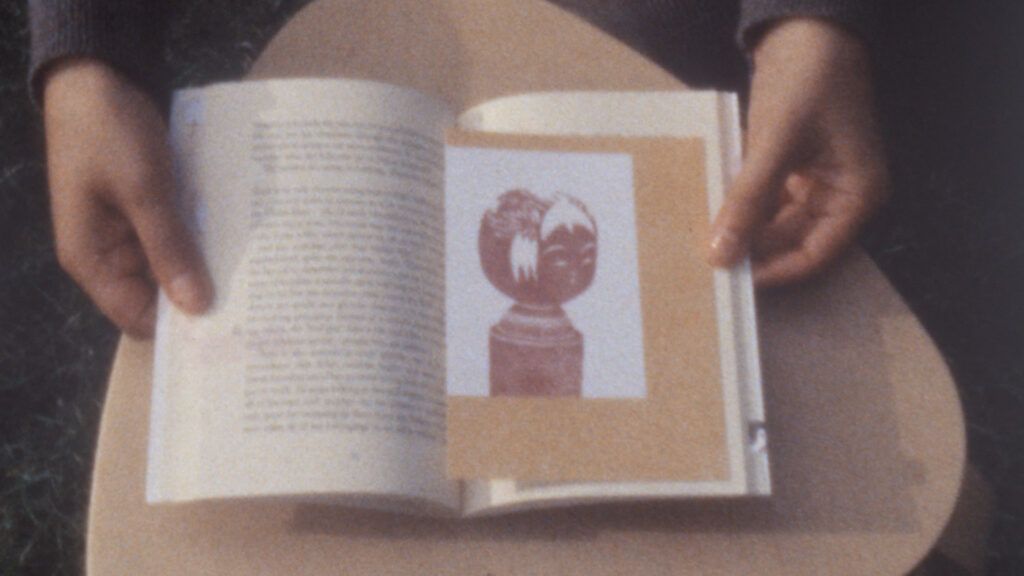
Cara a cara a cara (2025), Colectivo LAV | LAXUS (2025), Pablo Arenas| PBF #01, Madrid (2024) Borja Rodríguez
SINAIS 2. The second programme brings together works that use the mise-en-scène as a resource to go beyond the narrative. They can construct parallel realities, as occurs in Solposto by Iago Lourido and The Last Sorrow of a Defeated Wizard by FLESH.WEBM (Lidia Rodríguez González). They also manipulate found images, as done by Pere Ginard in Creo que dije «Sí» (2025), or create portraits that blend a physical presence with spirituality, as Borja Rodríguez does in the two films he is presenting, PBF #1, Madrid (2024) and Bologna, 24 de junio (2024).
In Una noche y pocos recuerdos (2024), Natalia Rabaneda creates a choreography of evocations and superimpositions to examine the fragility of memory. Cara a cara a cara (2025) is a collective film created at LAV that ingeniously uses the photographic technique of reserves to reveal what is invisible between bodies, layers and masks. LAV was also the creative space where the film LAXUS (2025) was launched, by Pablo Arenas, who used performance in the filming itself, recreating the brushstrokes of an artist.


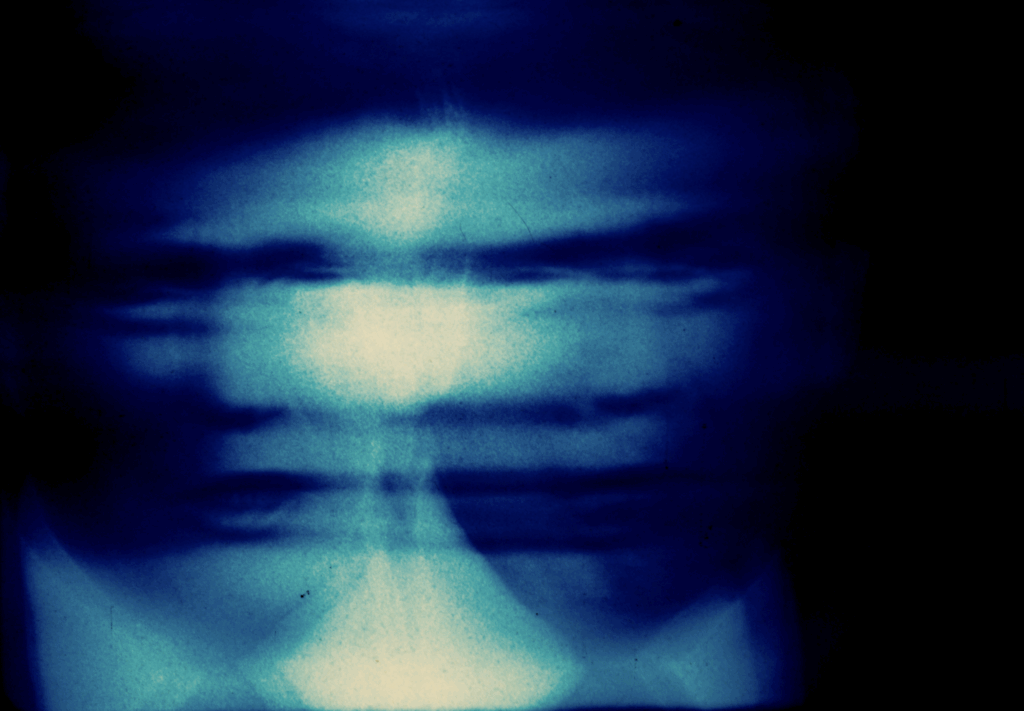
Colosal #8 (2025), Olmo Cuña | Furada negra (2024), Berio Molina | This is not a political film (2025), Pablo Useros
SINAIS 3. Unearthing ancient societies and an idea of archaeology is the concept behind the third Sinais programme. In How to make magic (2024), Blanca Molina invokes the traces of people who crossed the English forest she portrays. Berio Molina, in Furada Negra (2024), explores the concept of excavation by capturing the sounds of caves. A specific archaeological piece located in Vallecas is the starting point for Colosal #8 (2025) by Olmo Cuña, whereas the remains of 16 mm found films are the basis for the film Fragments of (2025) by Elena Calvo.
This is not a political film (2025) by Pablo Useros is a distorted portrait of the present, avoiding its political nature yet posed as a legacy for the future. Pyongyang Liver is the second piece to be presented by FLESH.WEBM (Lidia Rodríguez González) in Sinais, showing an impossible confluence of times and places and questioning the authenticity of the document itself.

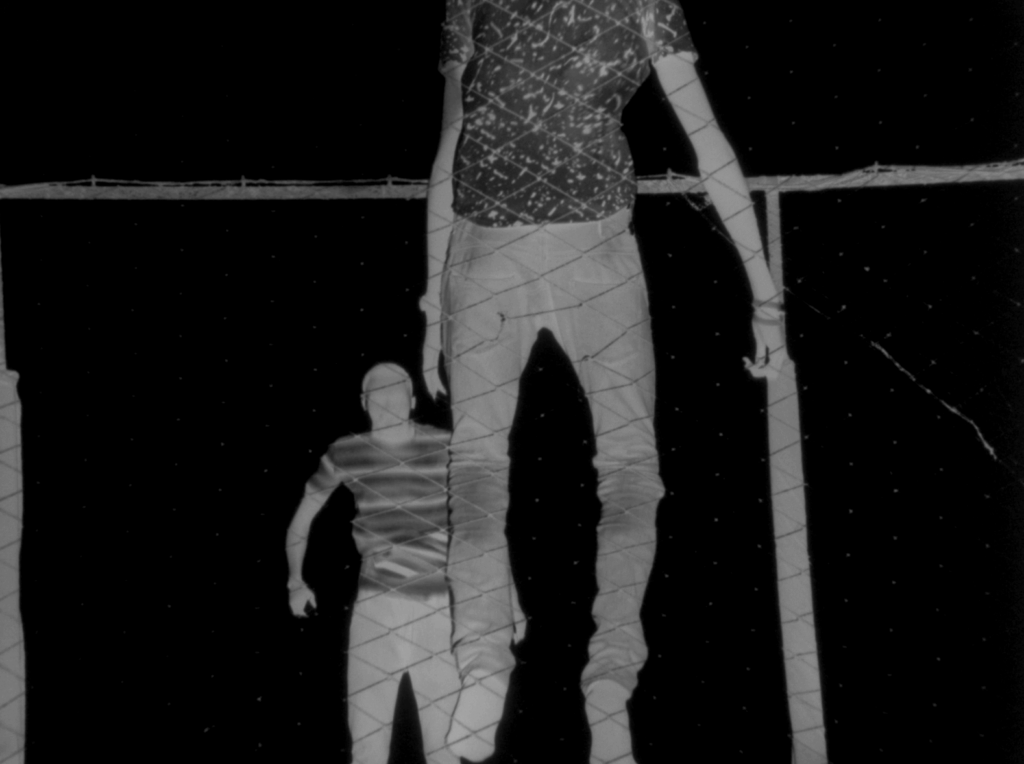
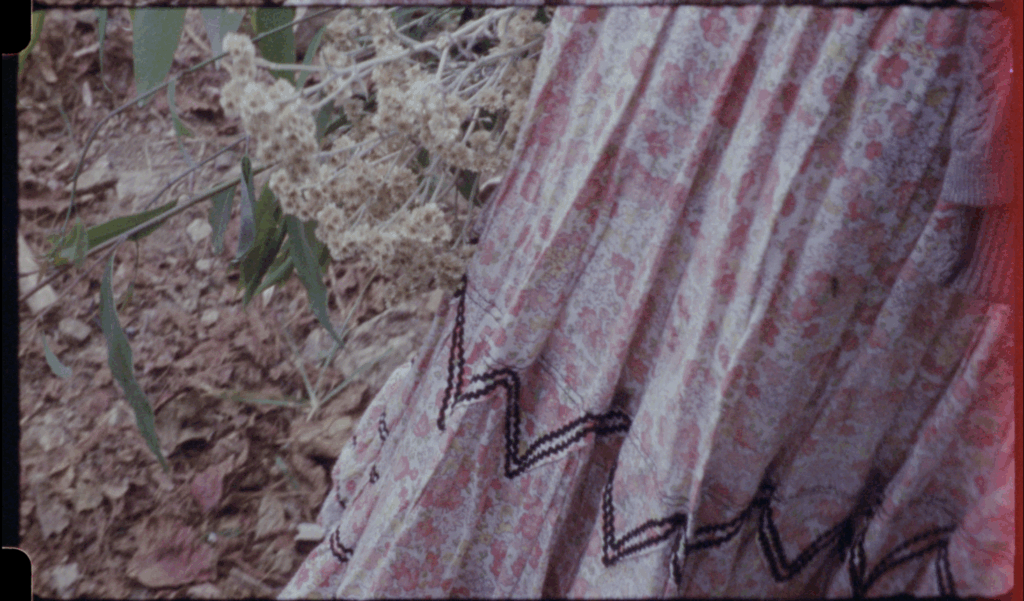
A desalambrar (2024), Martín Baus | Bisagras (2024), Luis Arnías | Por dentro somos color (2024), Elena Pardo
SINAIS LATIN AMERICA: A GARDEN OF FILMS WITHOUT BORDERS
At (S8) we believe that this year’s festival is consolidating our connection with the cinematographic vanguard of Latin America. Indeed, in addition to the emphasis on the continent’s leading personalities in experimental cinema, we are repeating the Sinais Latin America section, inaugurated in 2024. It is being curated again by the Peruvian artist and researcher Ivonne Sheen, who has selected seven films in which she recognizes the call of the Earth as the common theme.
These include Bisagras (2024) by Luis Arnías, a US-Senegalese-Brazilian co-production shot on 16 mm film that explores the persistence of Black awareness; and puroandar (2025) by Luciana Decker, also in 16 mm and co-produced between the US and Bolivia, in which she explores ancestral, essential activities. Most of the films in this section are made in analogue format, and even with re-used films, as is the case of A desalambrar (2024) by Martín Baus, who removes layers and sediments to reveal the voices and rhythms of the Chilean agrarian revolution.
Por dentro somos color (2024) by Elena Pardo is a textile-film shot in Teotitlán del Valle, Mexico, where she interweaves profound knowledge of the healing power of plants and of how to extract colour from them. Marcela Cuevas, who is also Mexican, has created Electuario: plantas para el duelo (2024), a work putting forward the material itself of cinema as a corporeal and material catharsis related to the burial of her mother’s ashes and mourning.
The movie Lessons on flight (2024) by Cecilia Araneda examines the flight patterns of the green-backed firecrown hummingbird. It was shot in 16 mm black and white in rural Chile, processed with olives, and coloured by hand. Marrona Libre (2024) by Natalí Mamani and Rodrigo Sousa is a music video by the Mapuche artist Brisa Flow, filmed in analogue and digital formats in the city of São Paulo, where a big community of migrants from Bolivia lives.
THE VISUAL AND SOUND UNIVERSE OF TEKNO FANTASY
Within experimental cinematography, proposals requiring a live performance are becoming increasingly common, intervening in the screening and turning it into an ephemeral, unique film in each session. For this reason, Sinais now has its own space in Desbordamientos, the programme for film performance that is the festival’s main attraction every year.
This year, it is the Basque collective Tekno Fantasy with Laura Ibáñez López, Camila Reyes and Iker González, who will be presenting LA BELLEZA EN LOS RAYOS DE LUZ FRACTURADOS. This 2025 performance, created at the Medialab laboratory in Tabakalera (Donostia), is an invitation to enter a visual and sound universe with different optical devices intervening, and costumes designed for the occasion.
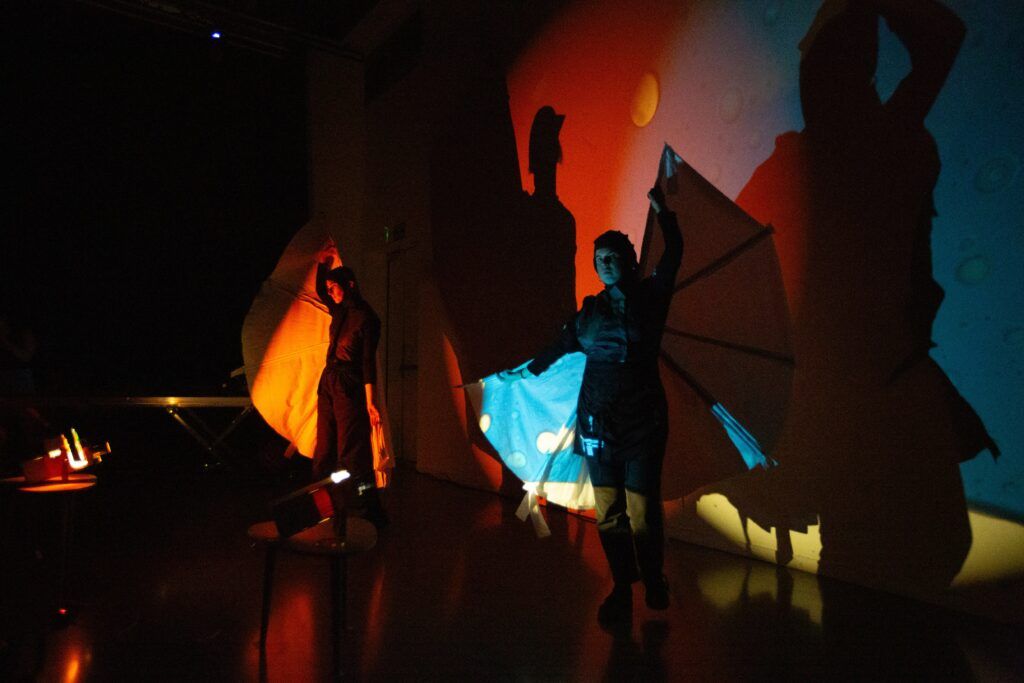
The (S8) International Peripheral Film Festival will be held in A Coruña from 3 to 8 June, 2025. The venues are the usual ones: Filmoteca de Galicia, Palexco Exhibition Hall, the Luis Seoane Foundation and Domus. It is organised by the eSe8 Cultural Association and is sponsored by the A Coruña City Council’s Department of Culture and Tourism with backing from the Galician Agency of Cultural Industries of the Government (Xunta) of Galicia (Agadic), the Provincial Council of A Coruña, the Institute of Cinematography and Audiovisual Arts (ICAA), Acción Cultural Española (AC/E) and the Luis Seoane Foundation.

